Puertasaurus
Name Origin
Named in honor of its discoverers, Pablo Puerta and Santiago Reuil.
Family
Titanosauridae
Classification
Reptilia, Saurischia, Sauropodomorpha
Habitat (Discovery Location)
Argentina
Period
Approximately 76 to 70 million years ago (Late Cretaceous)
Length
Approximately 27 to 30 meters
Weight
Approximately 50 to 70 tons
Diet
Herbivore (Plant-eater)
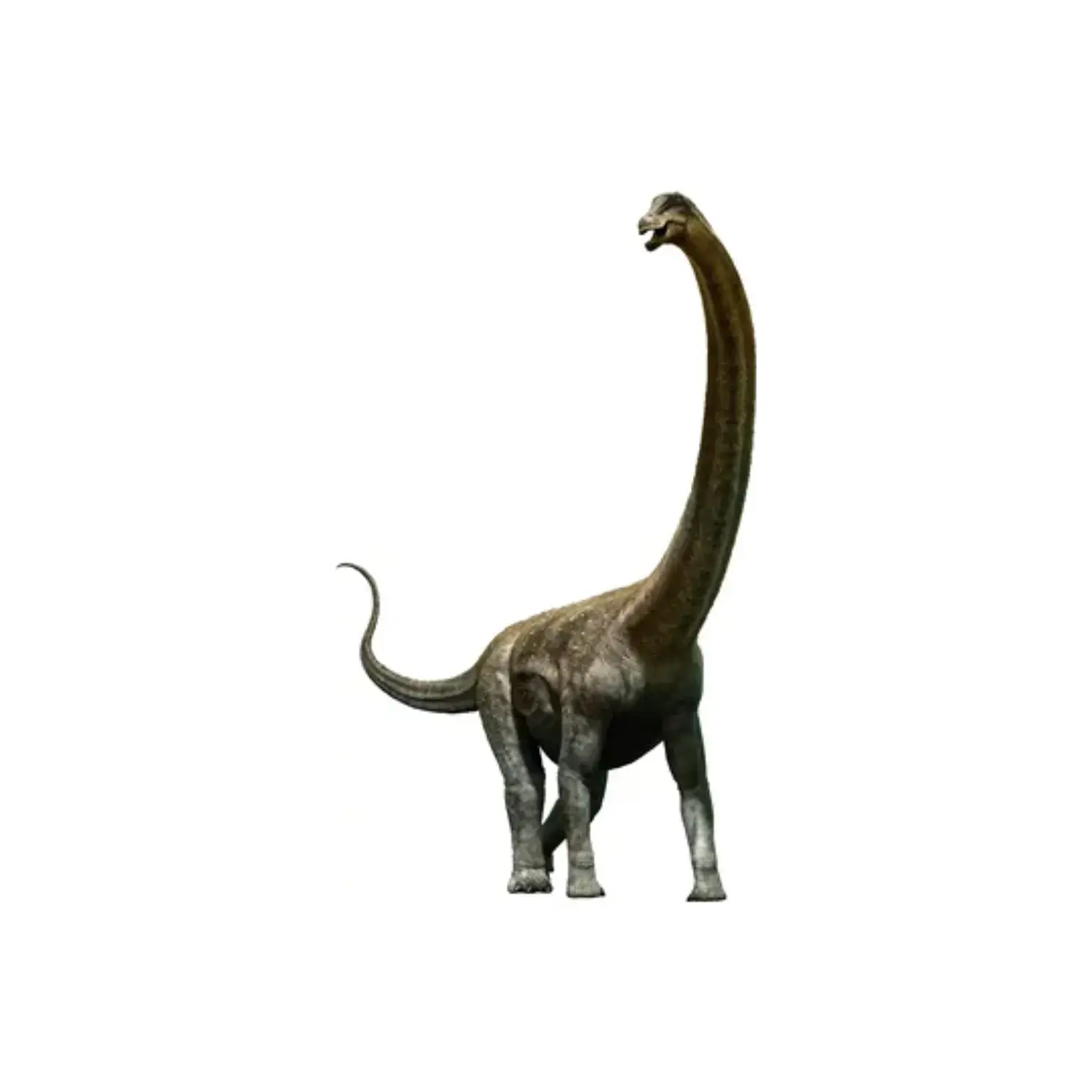
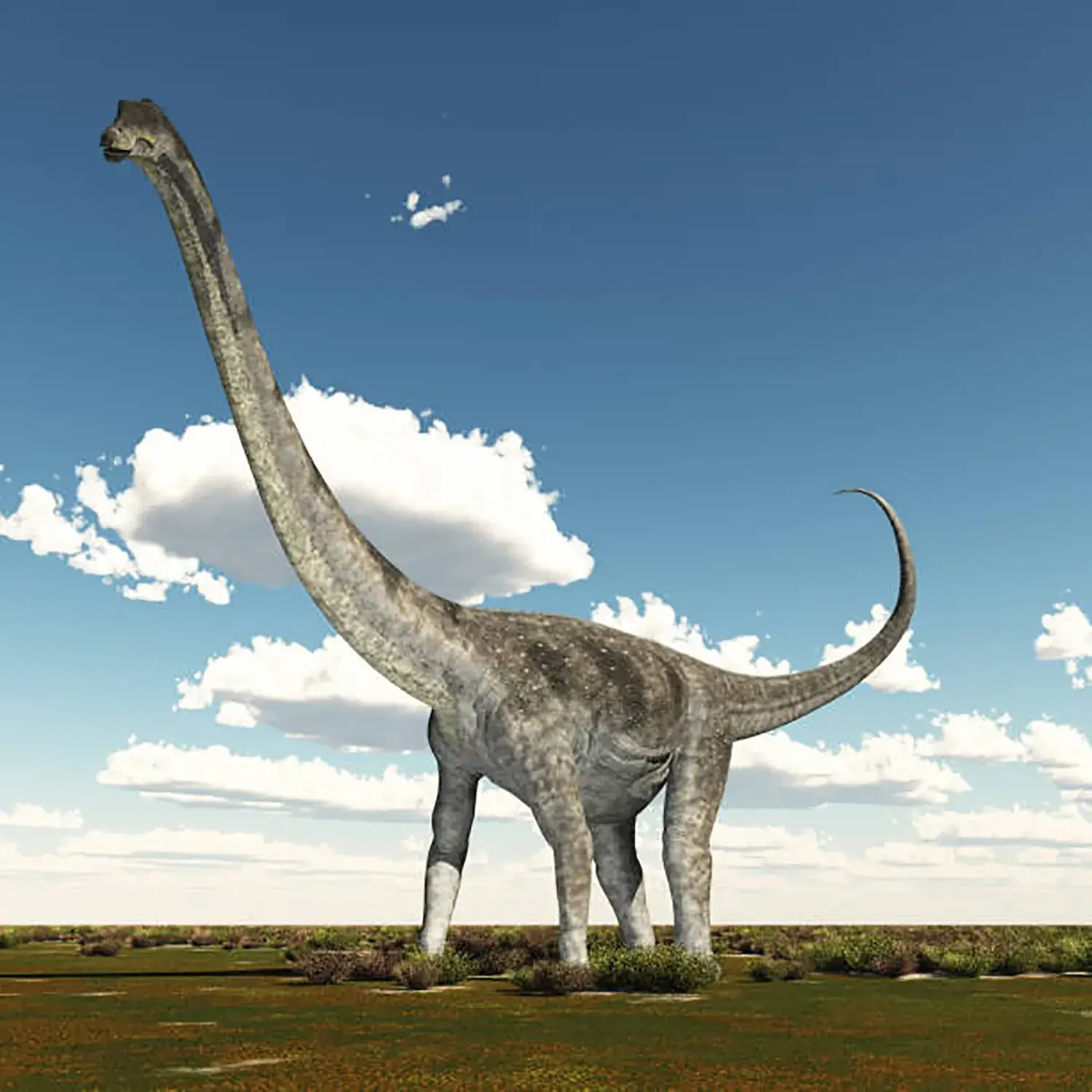
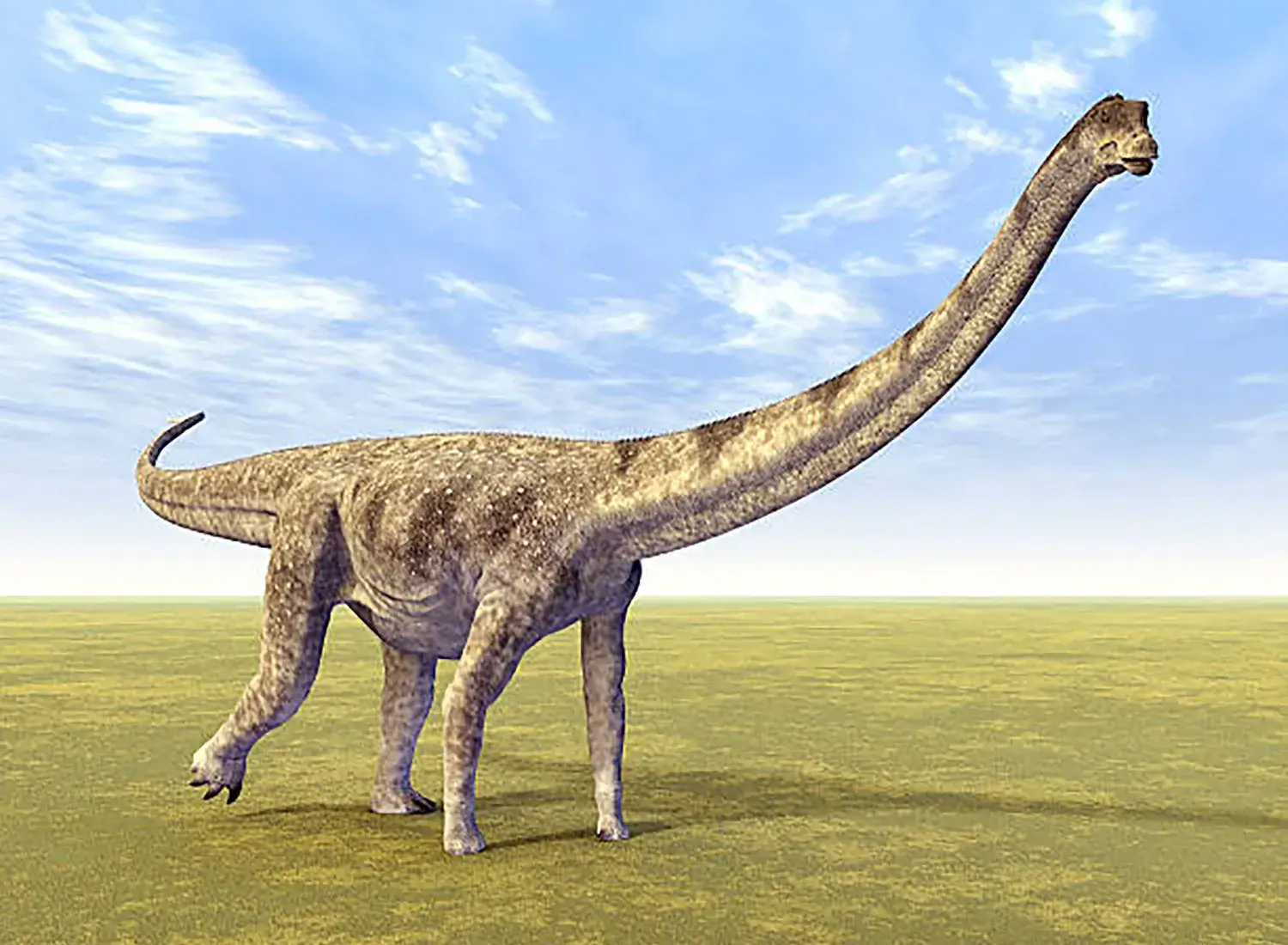
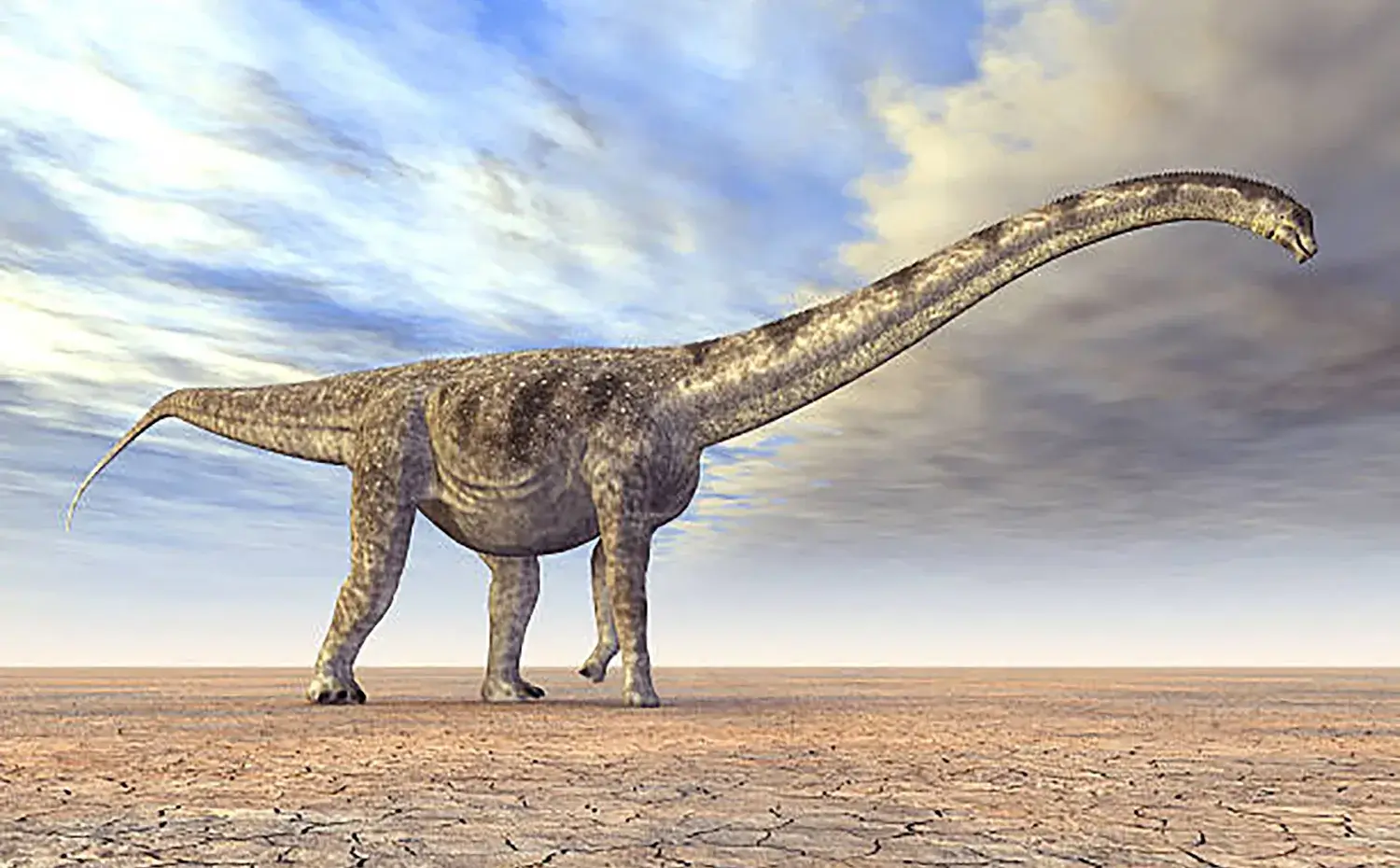
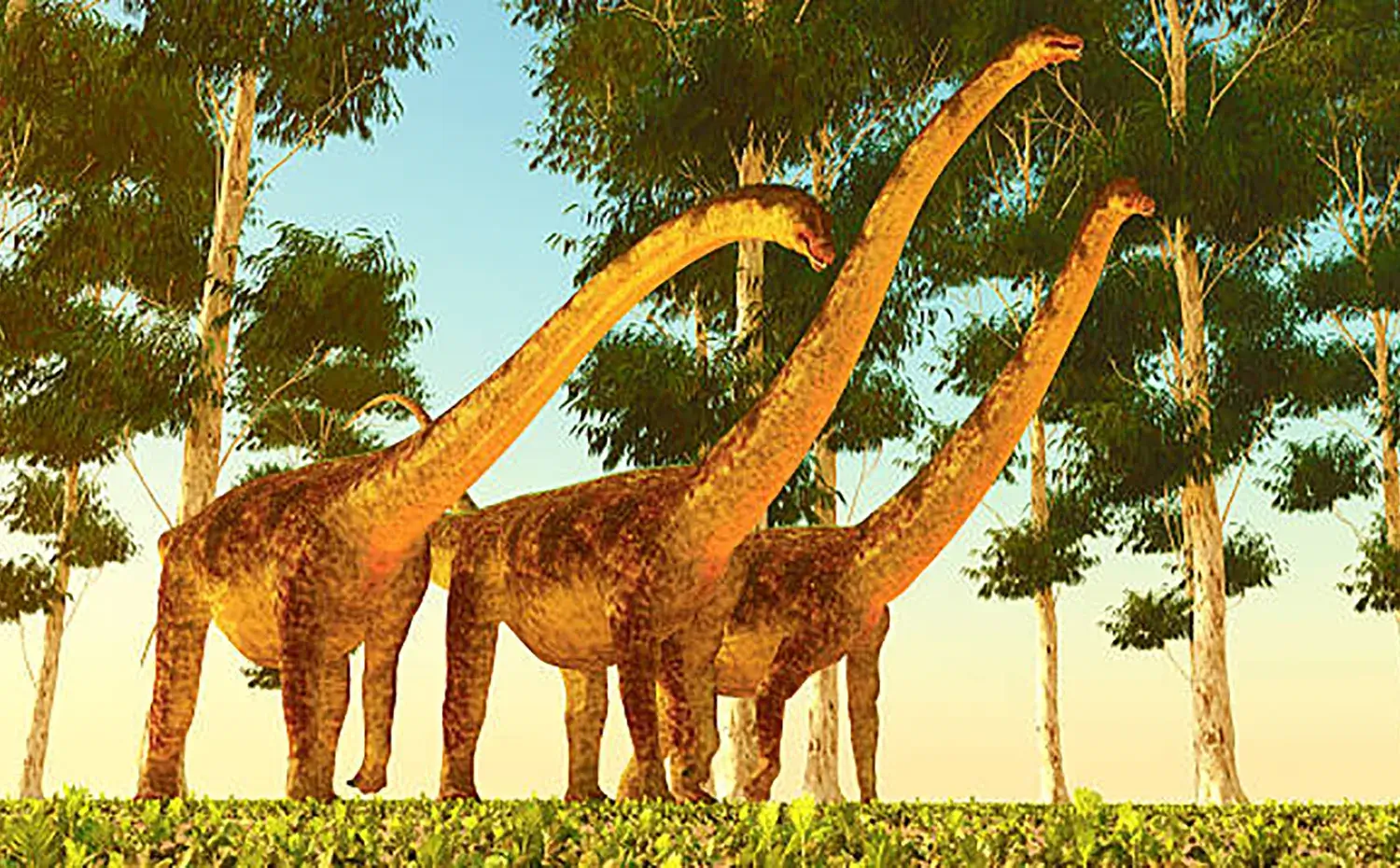
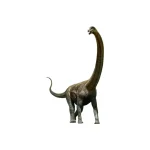
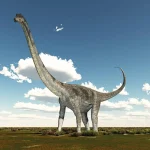
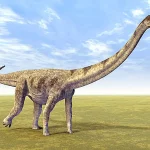
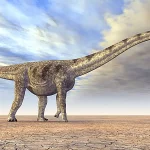
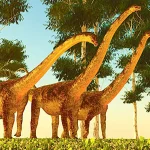
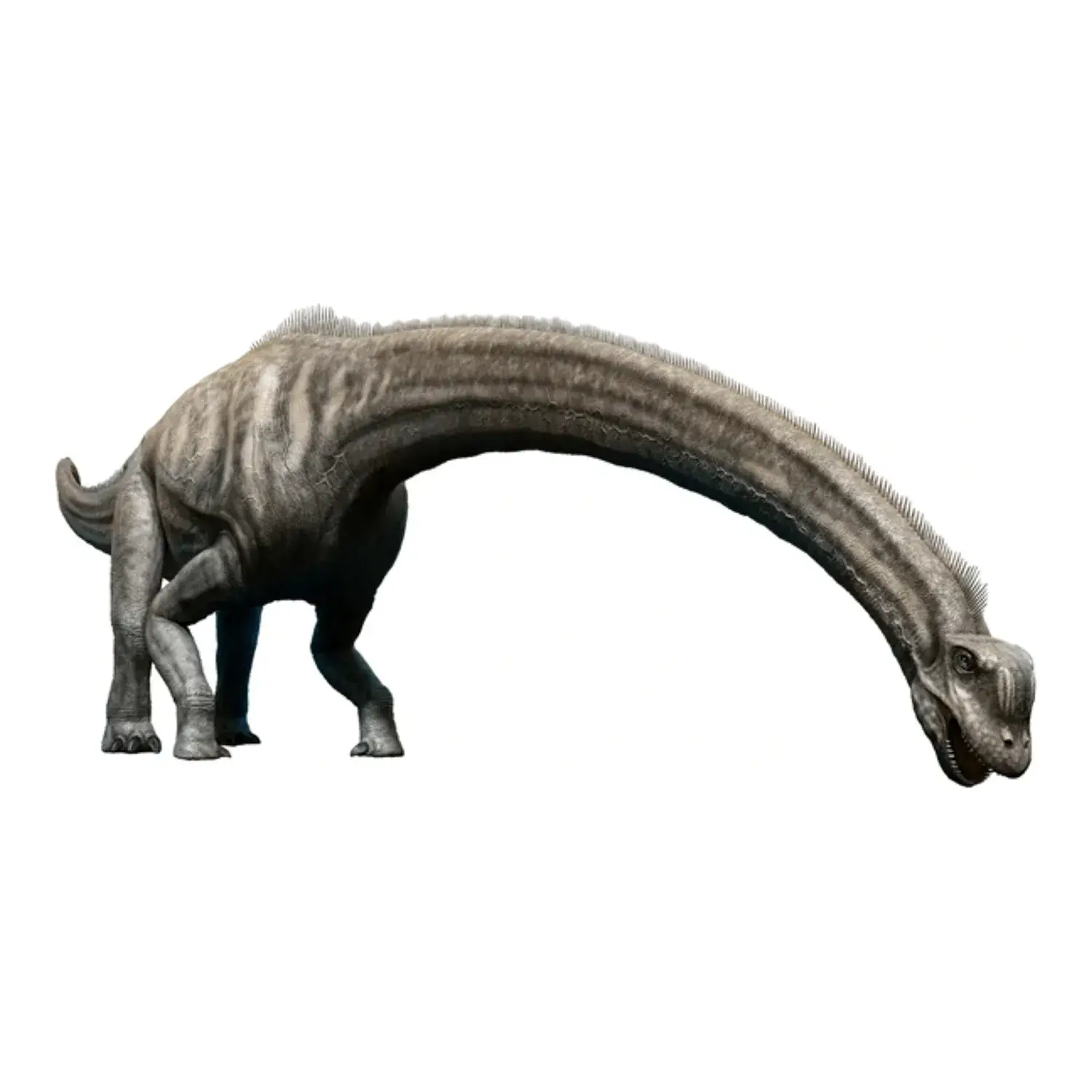
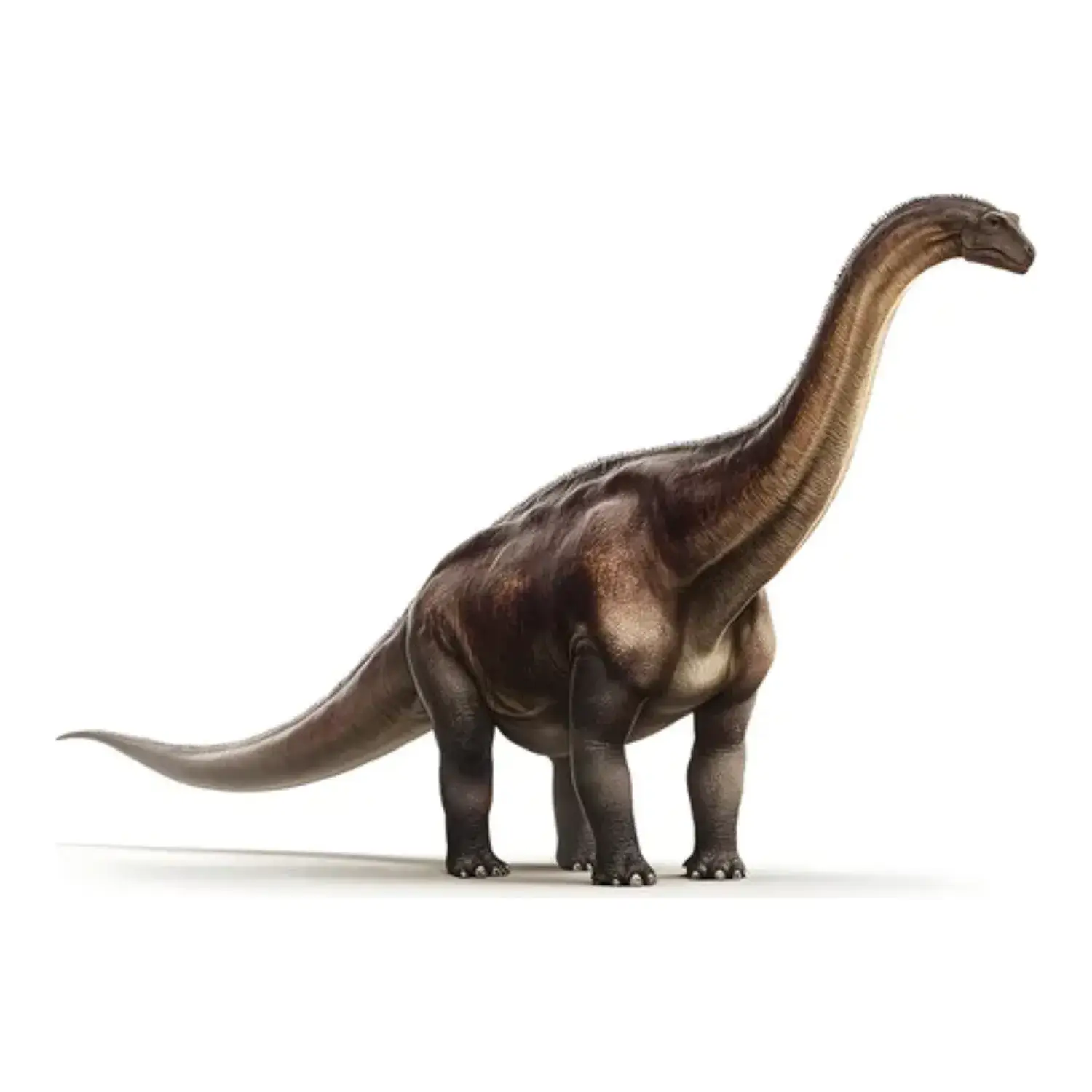

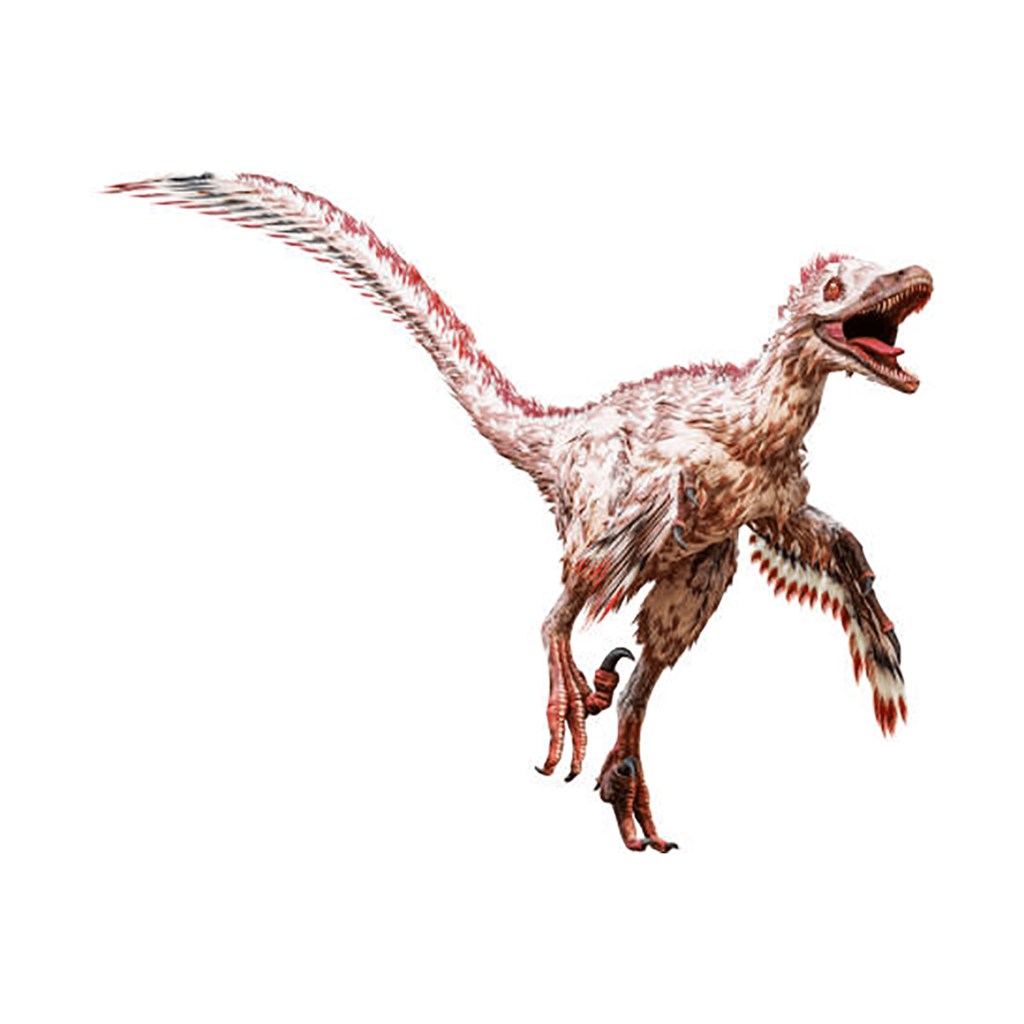
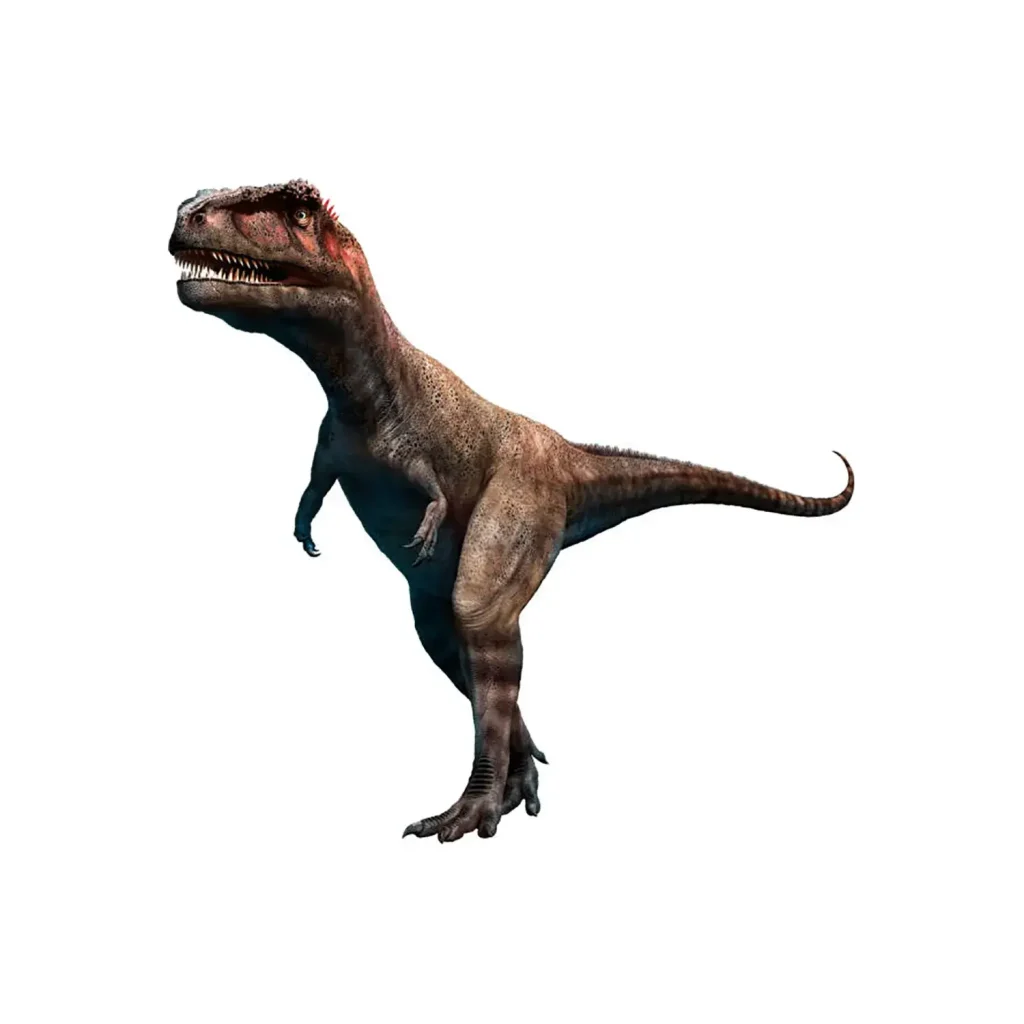
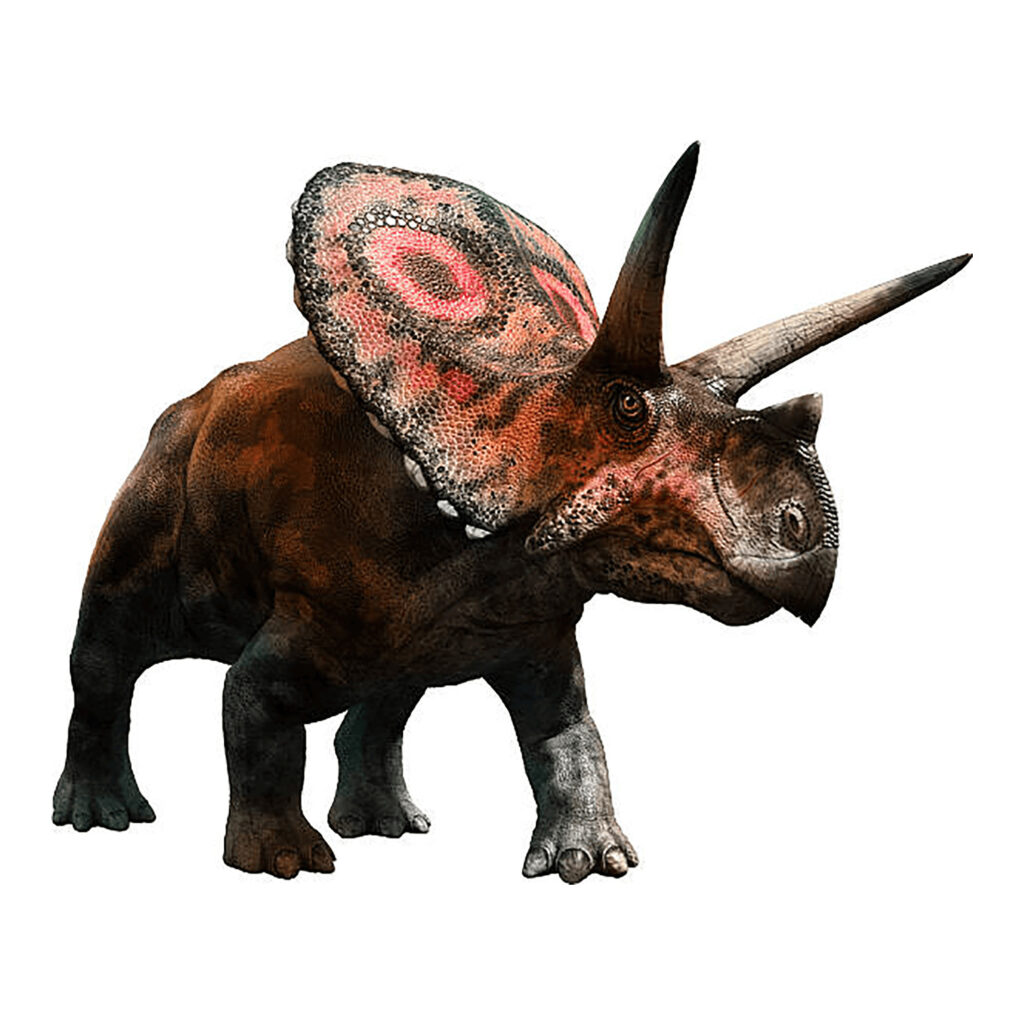
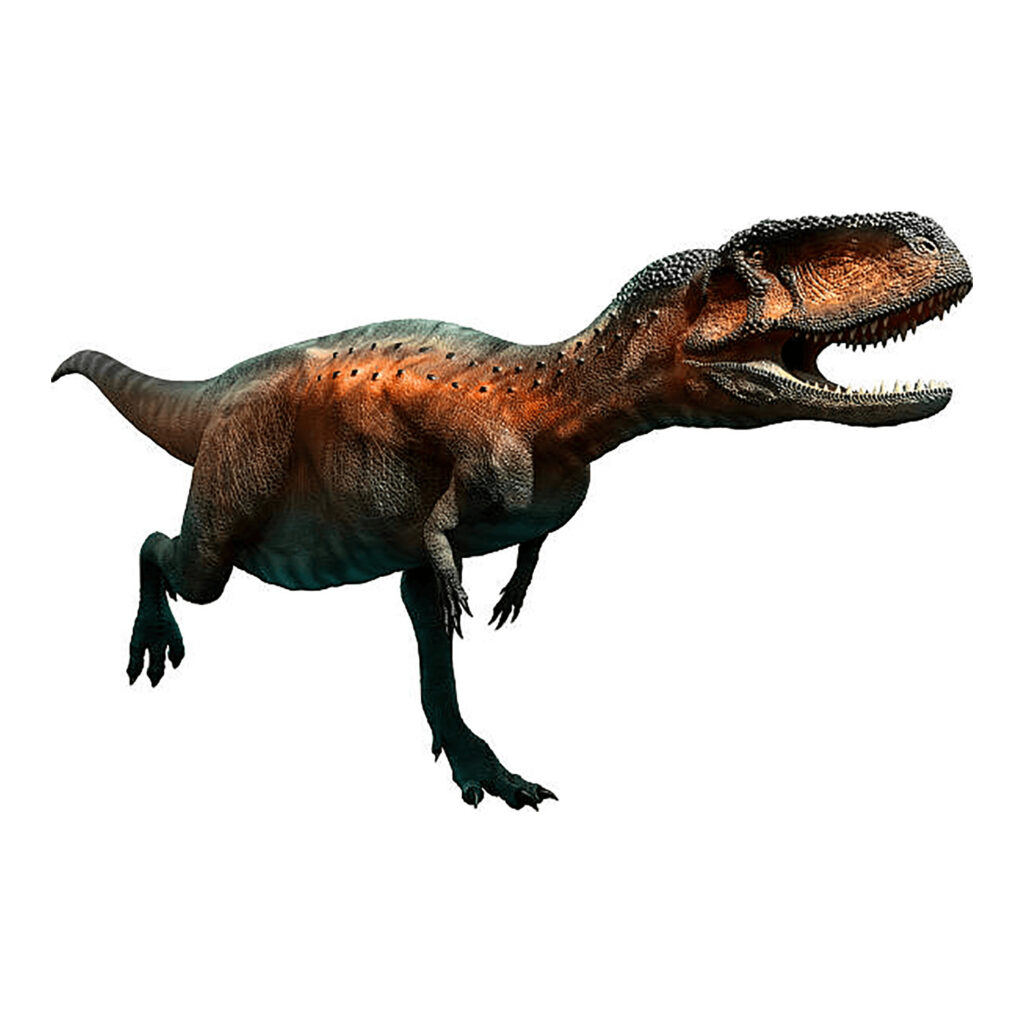









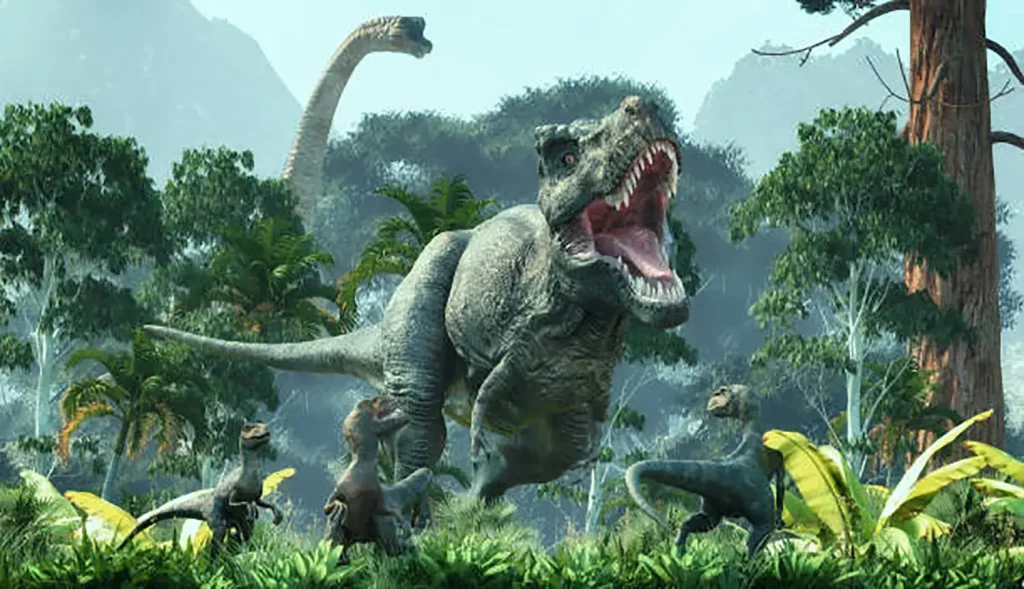
Description
Puertasaurus was a gigantic sauropodomorph belonging to the Titanosauridae family, which lived in South America (Argentina) during the Late Cretaceous period (approximately 76 to 70 million years ago).
Its size is said to rival that of Argentinosaurus, and it is known as one of the largest dinosaurs on Earth.
Discovery, Naming, and the Largest Dorsal Vertebra in History
The fossil of Puertasaurus was discovered in 2001 in Patagonia, Argentina.
It was formally named Puertasaurus reuii in 2005, in honor of its discoverers, Pablo Puerta and Santiago Reuil.
The fossils found to date are extremely fragmentary, consisting of only one cervical vertebra (neck bone), one dorsal vertebra (backbone), and two caudal vertebrae (tail bones)—only about 1.6% of its entire body.
However, the size of these fragmented bones is extraordinary.
The discovered dorsal vertebra reaches a height of 1.1m and a width of 1.7m, making it the largest of any dinosaur named to date.
From this massive vertebra, researchers estimated that it was an exceptionally large dinosaur, around 35 to 40m long.
The Size Debate: A Downward Revision of Its Gigantic Size
At the time of its discovery, Puertasaurus was thought to have reached a length of 35-40m and a weight of 80-100 tons.
However, recent studies have scaled this down, and the prevailing theory is that it was closer to 27-30m long and 50-70 tons.
Nevertheless, it remains one of the largest dinosaurs in history.
Ecology and Diversity
Based on the location where the fossil was found, it is presumed that Puertasaurus lived in forested areas.
It is presumed to have lived in forested areas.
The joints of its very long neck are said to have been quite flexible compared to its close relatives, allowing for a free range of motion.
In the Cerro Fortaleza Formation, where the fossil was discovered, another large titanosaur, Dreadnoughtus, also coexisted.
This suggests just how rich in large sauropodomorph diversity Argentina was at the end of the Cretaceous period.